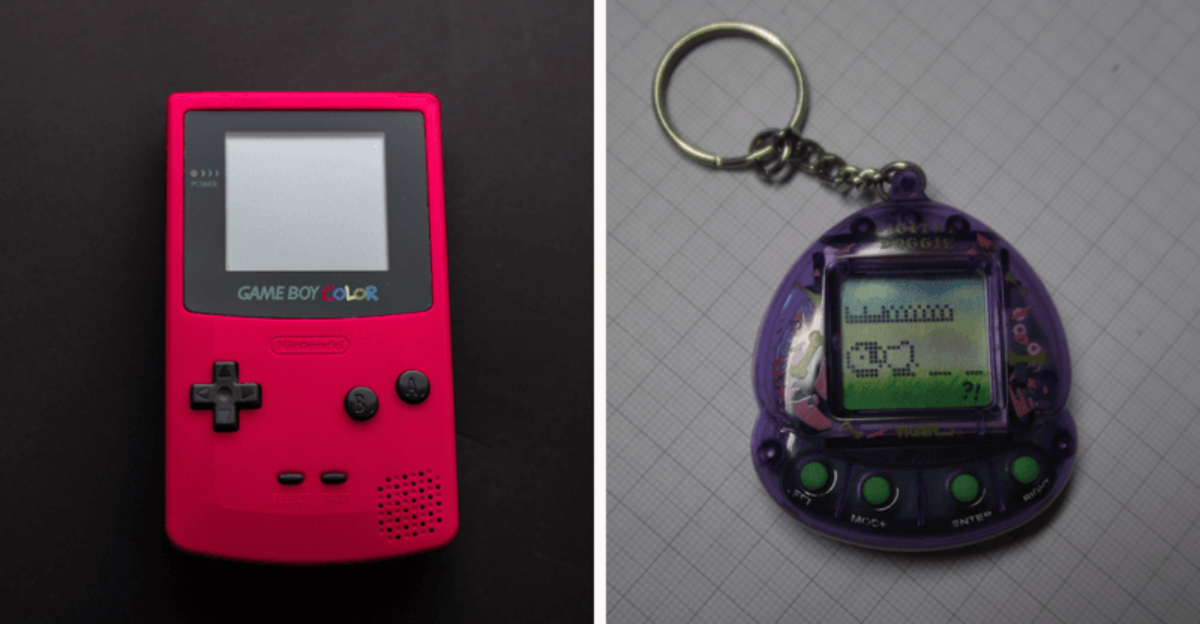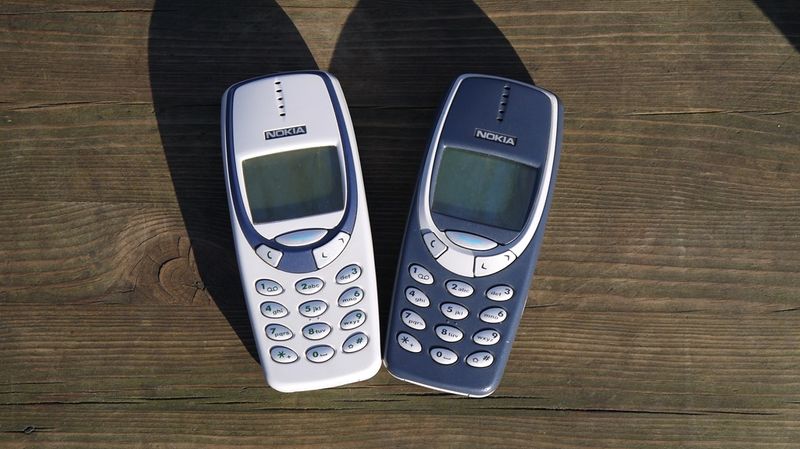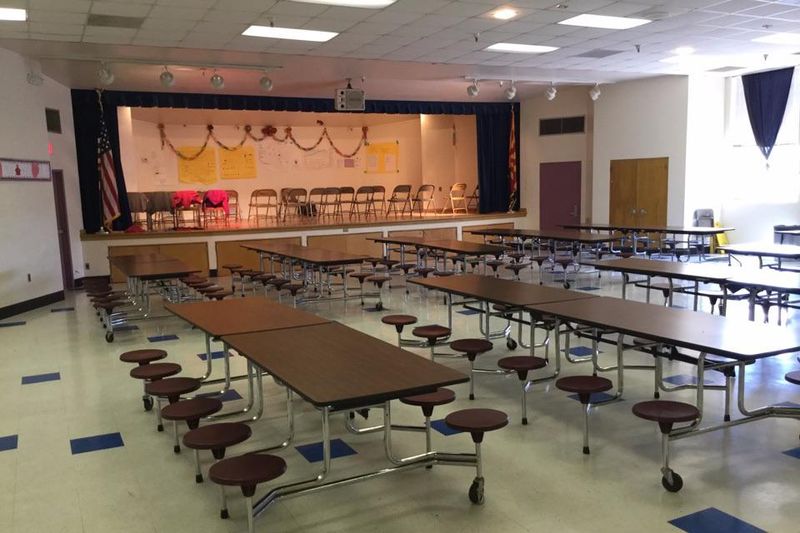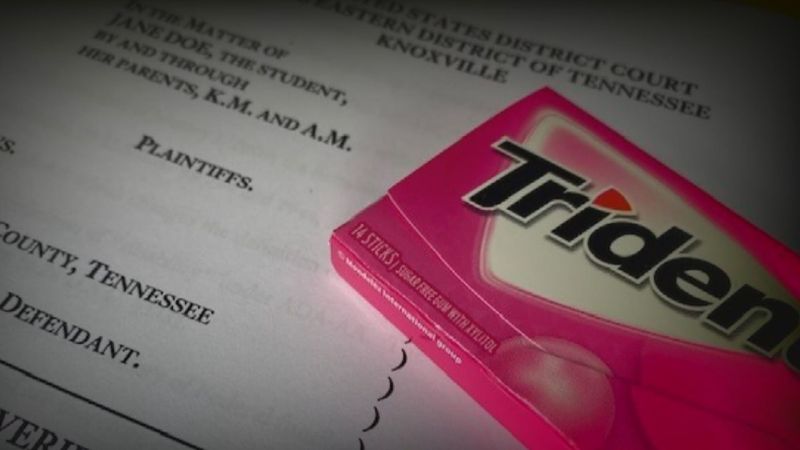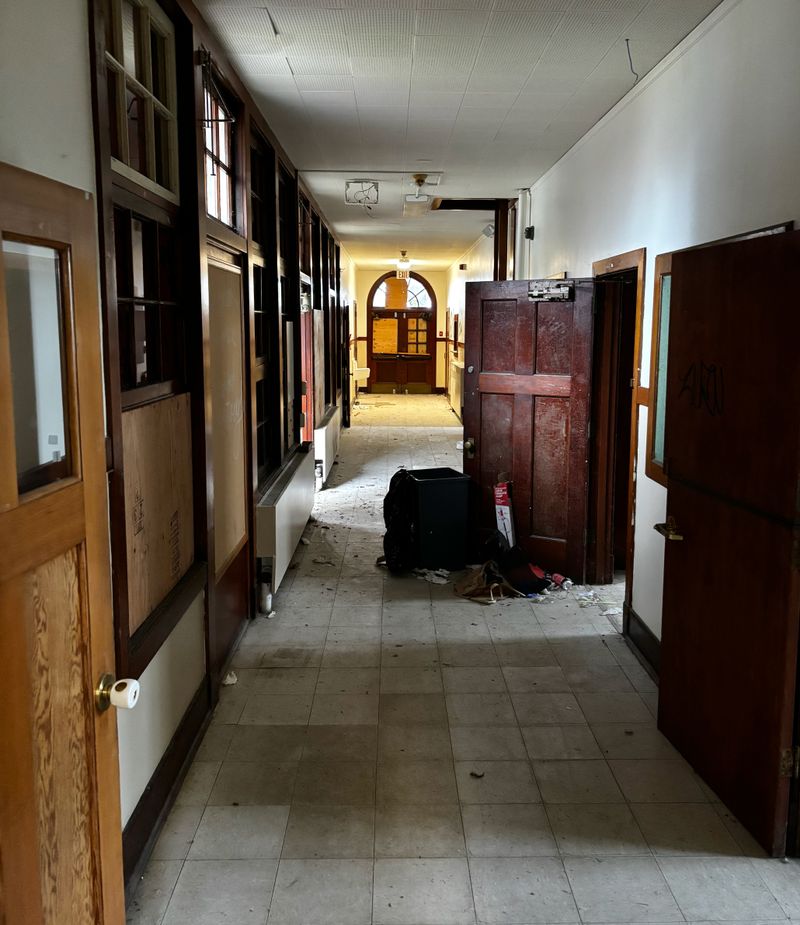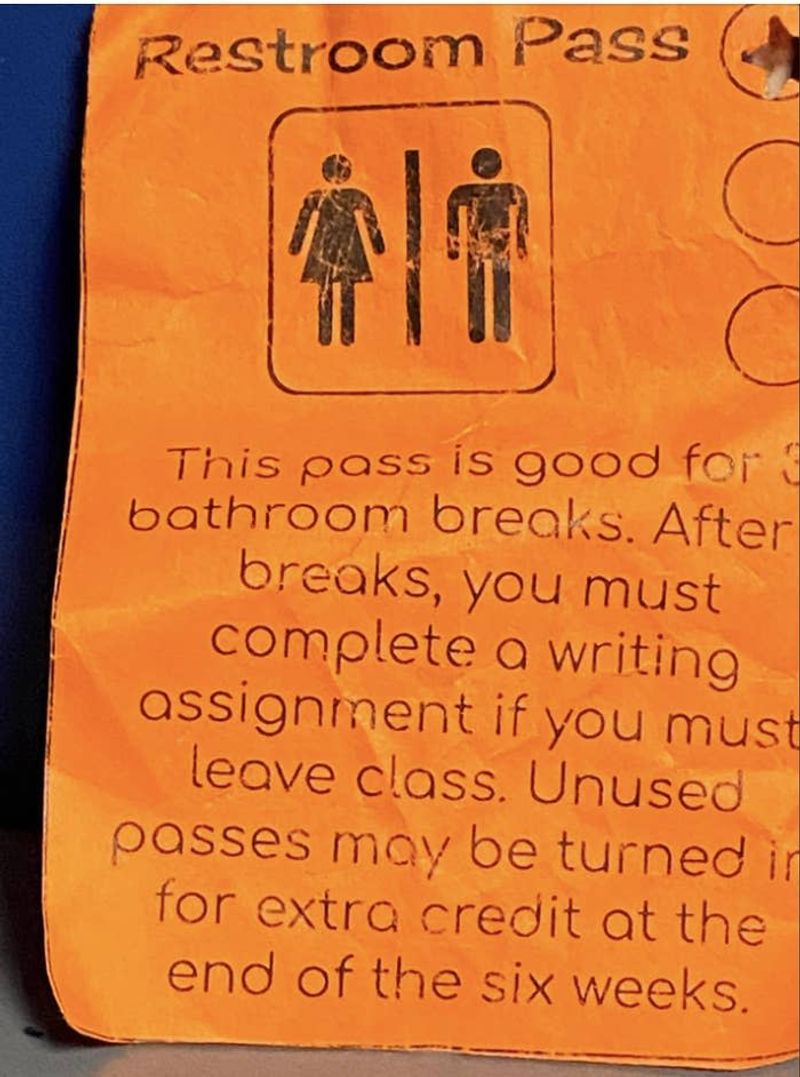Remember those days when schools had rules that seemed to make sense but now feel like relics from another era? The 1990s were a unique time for education, with regulations that reflected the concerns and values of that decade. Many of these once-common rules have vanished from today’s classrooms, replaced by policies more aligned with modern thinking about education, technology, and student development.
1. No Backpacks in Classrooms
Walking into class meant dropping your JanSport at the door or cramming it into an already-stuffed locker. Teachers insisted backpacks created tripping hazards and provided hiding spots for forbidden items like pagers or comic books. Students developed shoulder muscles from carrying textbooks, notebooks, and supplies in their arms between classes. The hallways became obstacle courses of dropped pencils and papers. Today’s schools generally allow backpacks, recognizing the impracticality of carrying heavy materials and the health benefits of proper weight distribution. Digital textbooks have also lightened the physical load for many students.
2. Strict Dress Codes Targeting ’90s Fashion
JNCO jeans wider than doorways? Instant dress code violation. Bare midriffs inspired by Britney Spears or Gwen Stefani? Straight to the principal’s office. Boys sporting earrings or hair past their collars faced similar scrutiny. Schools maintained that these restrictions fostered a ‘learning-appropriate’ environment. Parents often found themselves making emergency runs with replacement clothes when their teens pushed boundaries. Modern dress codes now focus more on inclusivity rather than rigid gender norms. Many schools have shifted to addressing only truly disruptive attire rather than policing personal expression through fashion trends.
3. Mobile Phones Strictly Forbidden
Caught with a Nokia brick phone in 1996? Immediate confiscation until your parents retrieved it—sometimes weeks later. Those chunky devices with Snake games and monophonic ringtones were treated like contraband. Teachers warned that phones would disrupt learning and facilitate cheating. Most students didn’t own phones anyway, making enforcement relatively simple. Fast forward to today, and smartphones are often integrated into classroom activities. Many schools now have designated phone-use times or phone parking stations during tests, acknowledging that mobile devices are an inevitable part of modern life.
4. Gender-Specific Dress Requirements
Girls endured the infamous ‘finger-length test’ for skirts and shorts while boys faced restrictions on earrings and long hair. School dances brought additional rules: girls had to wear dresses, boys needed ties and slacks. These gendered expectations reflected broader societal norms that strictly defined ‘appropriate’ appearance based on binary gender roles. Administrators claimed these rules taught professionalism and decorum. Today’s schools increasingly adopt gender-neutral dress codes that apply the same standards to all students. This shift acknowledges diverse gender identities and focuses on creating inclusive environments where personal expression isn’t limited by outdated gender expectations.
5. Corporal Punishment Was Still Legal
The wooden paddle hanging ominously in the principal’s office wasn’t just for show. In many states during the ’90s, physical discipline remained a legal and utilized form of punishment in schools. Students feared ‘getting swats’ for infractions ranging from talking back to fighting. Parents often signed permission forms at the beginning of the year, authorizing schools to use physical discipline. This practice has largely disappeared from American education. Research demonstrating the psychological harm of corporal punishment, combined with changing attitudes about child development, has led most states to ban physical discipline in schools entirely.
6. Zero-Tolerance Policies Without Exceptions
Accidentally brought a plastic knife for your lunch? Automatic suspension. Drew a picture of a water gun? Disciplinary action. These rigid policies emerged in the mid-90s as schools sought simple solutions to complex problems. Administrators believed clear, harsh consequences would deter rule-breaking and create safer environments. Parents and students quickly discovered that context and intent were irrelevant under these inflexible guidelines. Modern approaches favor restorative justice practices that consider circumstances and focus on making amends rather than automatic punishment. Schools now recognize that zero-tolerance policies disproportionately affected certain student populations and often created more problems than they solved.
7. Hats Banned Indoors As ‘Disrespectful’
Baseball caps, beanies, and bucket hats were snatched off heads the moment students crossed the threshold. Teachers insisted wearing hats indoors showed disrespect, a cardinal sin in ’90s school culture. Students devised sneaky ways to transport forbidden headwear, stuffing caps in waistbands or backpacks. The rule particularly targeted boys, as girls’ decorative headbands and scrunchies somehow escaped the ban. This outdated rule has relaxed in many schools, recognizing that hats rarely interfere with education. Some institutions still maintain the policy for formal events, but daily enforcement has waned as cultural norms around ‘indoor hat etiquette’ have evolved.
8. Assigned Cafeteria Seating By Class
Lunchtime wasn’t a social break—it was another structured period with assigned tables and sometimes even assigned seats. Teachers monitored the cafeteria like hawks, ensuring no one dared cross the invisible boundaries between class sections. This micromanagement aimed to prevent cliques and maintain order. For many students, it transformed what should have been a relaxing break into another stress-inducing period of conformity. Modern schools typically allow students to choose their lunch companions, recognizing the social development benefits of lunchtime interactions. While some structure remains for younger grades, the rigid seating charts of the ’90s have largely disappeared from school cafeterias.
9. Gum Chewing: The Unforgivable Offense
The sound of discreet chewing could trigger a classroom inquisition. ‘Is someone chewing gum?’ The guilty party faced public humiliation and a trip to the trash can. Teachers cited concerns about gum under desks, stuck in carpets, and in students’ hair. Some schools imposed cleaning duties as punishment—scraping old gum from surfaces with putty knives became a dreaded detention activity. While some teachers still discourage gum, the blanket bans have softened. Research suggesting chewing can actually improve concentration and reduce stress has led many educators to permit quiet gum chewing, especially during tests or independent work time.
10. Mandatory Cursive Writing Instruction
Hours spent practicing perfect loops and connecting letters dominated language arts time. Teachers insisted mastering cursive was essential for future success, warning that important documents would always require elegant signatures. Students struggled with hand cramps and ink smudges while perfecting their script. Special lined paper and rigid grading of penmanship were standard practices throughout elementary education. Keyboarding has largely replaced cursive in modern curricula as digital communication dominates. While some schools still introduce cursive, the intensive daily practice sessions have vanished, replaced by coding classes and digital literacy—skills more relevant to today’s technology-centered world.
11. Hall Passes Made of Actual Wood
Needing to use the restroom? First obtain that giant wooden hall pass—often a foot-long painted plank with ‘HALL PASS’ burned into it. These cumbersome tokens of permission made sneaking anywhere impossible. Schools limited bathroom breaks to between classes, treating unscheduled needs as suspicious. The humiliation of carrying the oversized pass down echoing hallways ensured students requested bathroom breaks only when absolutely necessary. Today’s schools typically use paper passes or digital systems to track student movements. Many have also recognized that restricting bathroom access can cause health issues and unnecessary anxiety, leading to more flexible policies that respect students’ basic needs.
12. Silent Lunch Periods As Punishment
The cafeteria lights dimmed. A teacher at the front raised one finger to lips. ‘Silent lunch’ had begun—a collective punishment for perceived misbehavior earlier in the day. These enforced quiet periods transformed lunch from a social respite into extended detention. Monitors patrolled the aisles, adding minutes of silence for any whispered conversations or dropped utensils. Schools have largely abandoned this practice, recognizing lunch as valuable social development time. Modern disciplinary approaches focus on addressing specific behaviors with relevant consequences rather than punishing entire groups with the removal of social interaction during one of the few unstructured periods in the school day.
13. Mandatory Participation in Pledge of Allegiance
Every morning began the same way: standing beside your desk, hand over heart, reciting the Pledge in unison. Refusal wasn’t an option—students who remained seated faced disciplinary action regardless of their reasons. Schools considered participation a non-negotiable civic duty. The practice intensified after events like the Gulf War, when patriotic observances became especially emphasized in educational settings. Court rulings have since established that students cannot be forced to participate in the Pledge. While many schools still conduct daily recitations, they now acknowledge students’ First Amendment rights to abstain based on personal, religious, or political beliefs—a significant shift from the mandatory participation of the ’90s.
14. Restricted Bathroom Access During Class
“You should have gone during the break” became the standard response to bathroom requests. Many teachers limited bathroom passes to just three per semester, forcing students to ration their bodily functions. Schools justified these policies as preventing hallway wandering and class disruptions. Students with medical conditions often needed embarrassing documentation to avoid these arbitrary restrictions. Modern schools increasingly recognize that restricting bathroom access can cause anxiety, health issues, and unnecessary discomfort. Many now employ more reasonable policies that respect students’ physical needs while still maintaining classroom order—a welcome change from the rigid bathroom rationing of decades past.
15. Personal Electronics Completely Banned
Walkman players, Game Boys, and electronic pets like Tamagotchis were treated as serious contraband. Getting caught with these devices often meant confiscation until the end of the school year, regardless of their cost. Schools viewed all electronics as pure distractions with zero educational value. Students developed elaborate hiding techniques, passing Tamagotchis under desks to keep virtual pets alive during school hours. The stark contrast with today’s technology-integrated classrooms is remarkable. Now, many schools provide tablets or laptops to students and incorporate personal devices into lesson plans, recognizing technology’s educational potential rather than seeing it only as a distraction to be eliminated.
